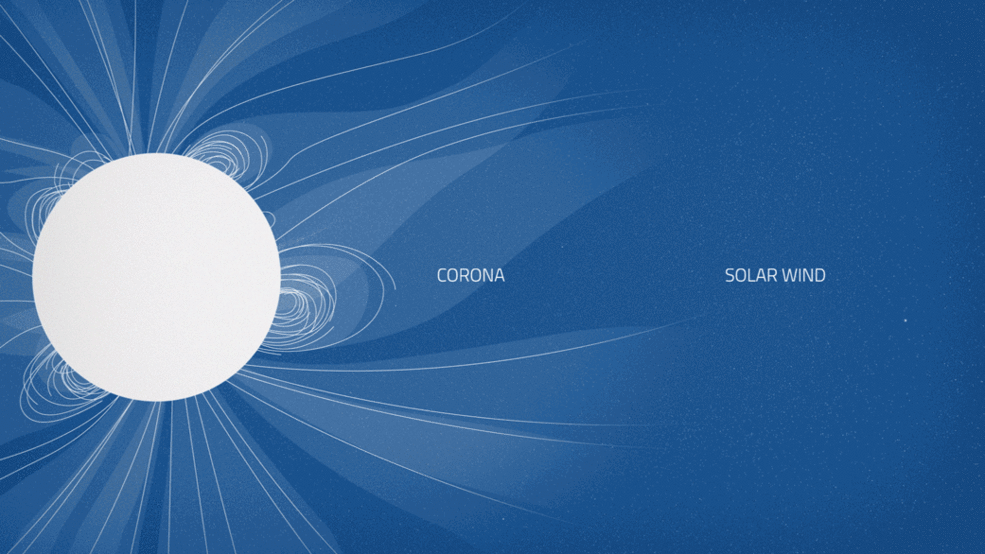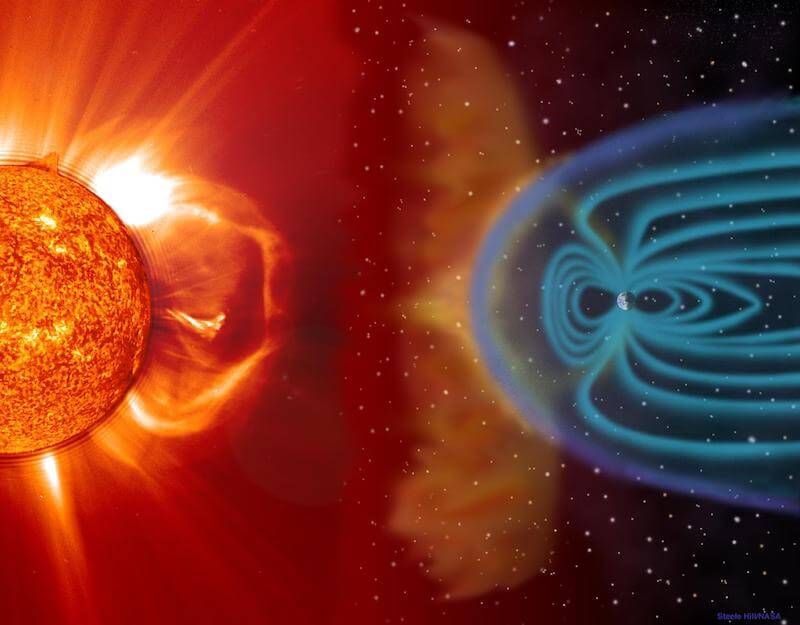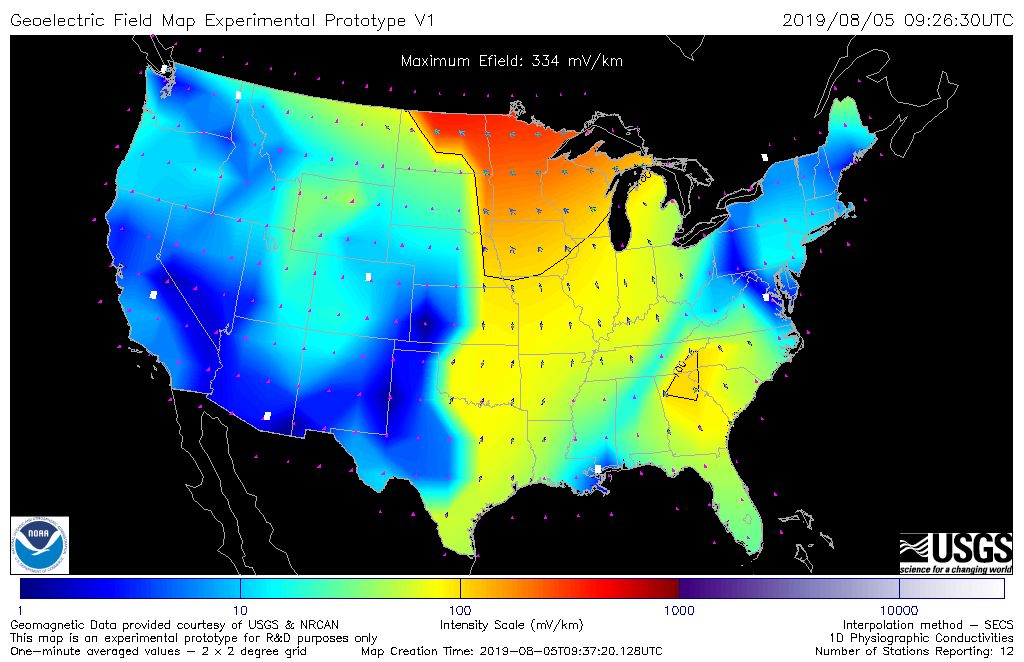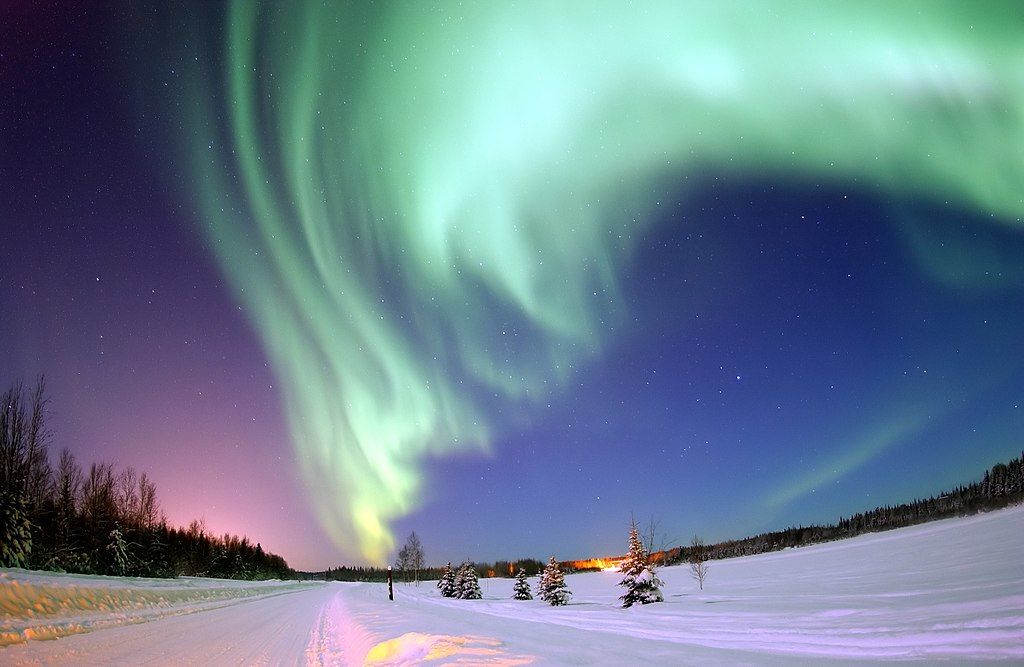
20 Nov 2019
There’s a storm warning for Thursday and Friday and it’s coming from outer space. NOAA’s Space Weather Prediction Center reports:
G1 (Minor) geomagnetic storms are expected on 21-22 November 2019 due to positive polarity coronal hole high speed stream influence.
SWPC NOAA Space Weather Advisory, 19 Nov 2019
In other words, there’s a potential for mild auroras and minor electrical and magnetic disruptions this week because the solar wind (“high speed stream influence”) is going to blow hard past the Earth — but not so hard that it breaks things.
The solar wind originates from the Sun’s corona, the glowing atmosphere you see behind the moon during solar eclipses. Because the corona is fluid, it develops thin spots called coronal holes that emit the Sun’s magnetic field and charged particles. Usually the particles loop out and back into the Sun (animation below) but those that don’t return come roaring off the Sun in a solar wind that travels as fast as 500 miles/second.

The Earth’s magnetic field shields us from the solar wind but its force distorts the shield (shown in blue below). Sometimes electromagnetic particles seep into our atmosphere and cause geomagnetic storms known as space weather.

Space weather messes with electronics on our satellites and increases their orbital drag. Really bad space weather — from solar flares and coronal mass ejections — disrupts our electric grid, our high frequency radio communications, and the accuracy of GPS navigation.
None of this is good so NOAA teamed up with USGS to issue a weekly Space Weather Advisory and a real time map that shows space weather’s effect in the continental U.S. and Canada. Electric power grid operators use the mapping tool to prepare their infrastructure.

Space weather causes trouble but it has one very beautiful effect. When the particles follow Earth’s magnetic field lines down to the poles they create auroras that are visible during winter darkness. Here’s a stunning one at Bear Lake, Alaska in 2005.

Fortunately this week’s space weather will be very minor, but so will the accompanying aurora. The northern lights won’t be intense nor will they be visible in the Lower 48 states.
Check NOAA’s weekly space weather forecast on Monday afternoons to see what’s coming up. See their 2-day aurora forecast or 30-minute forecast that includes Antarctica for predictions of beauty in the sky.
(images from NOAA Space Weather Prediction Center, NASA’s SpacePlace and Wikimedia Commons; click on the captions to see the originals)